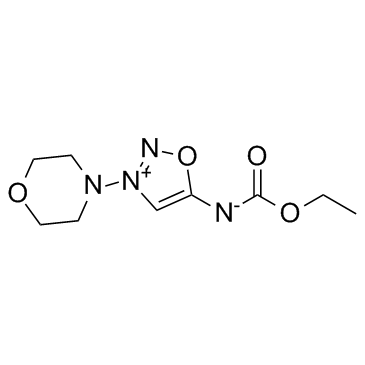| Structure | Name/CAS No. | Articles |
|---|---|---|
 |
D-Cysteine
CAS:921-01-7 |
|
 |
Linsidomine hydrochloride
CAS:16142-27-1 |
|
 |
Molsidomine
CAS:25717-80-0 |